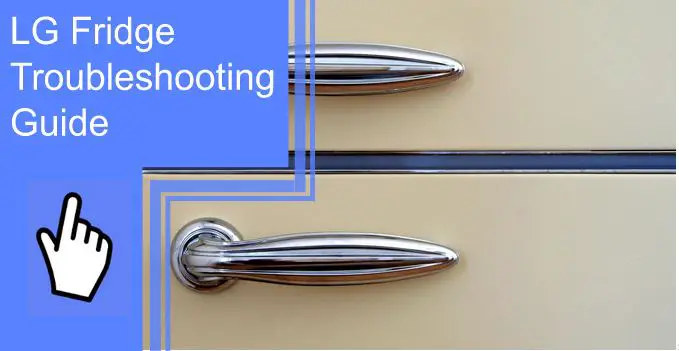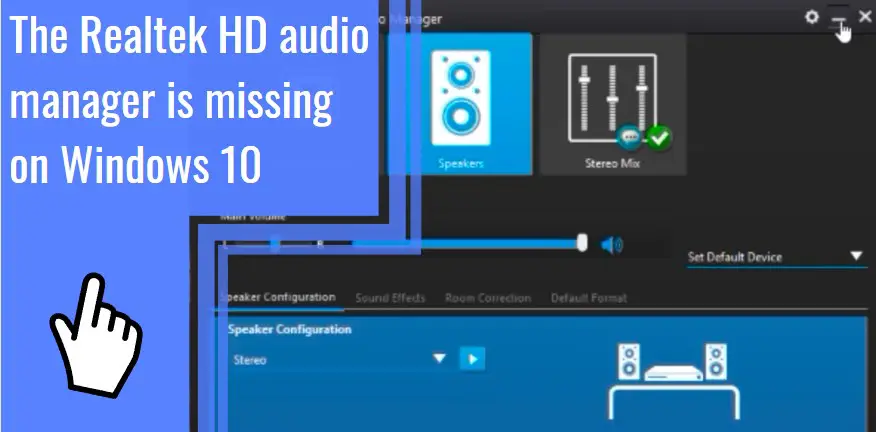What you find on this page:
LG fridge is one of the most popular fridges on the market. It has been designed to meet the demands of modern families. Troubleshooting can help you fix LG fridge issues.
This article will show you how to solve common issues with your LG fridge. If you are having trouble with your LG fridge, you should read this article for LG fridge troubleshooting. This article for wifi tv connection problems.
LG Refrigerator Problems & Solutions
Have you been having trouble with your LG refrigerator? If so, here we’ll walk you through some of the most common issues and solutions that LG refrigerators tend to experience.
1. Water Dispenser Not Working
The first problem many people face when using their LG fridge is the water dispenser not working. This issue occurs because there is no power supply in the water dispenser’s area. To resolve this problem, try plugging it into an electrical outlet properly.
2. Ice Maker
Another common problem with LG refrigerators is the ice maker. When the ice maker doesn’t make ice, there is something wrong with the system.
You must check whether the ice maker is correctly connected to the main board. If it is not, then reset it. For example, to reset the ice maker:
- The water supply should be turned on, and lines free of kinks. Hold down the TEST/FILL button until the ice maker turns on.
- There is a test/fill button on the underside of the tray. Press and hold until the ice maker turns and runs through a cycle. You will need to remove the bin if the ice maker does not cycle.
3. Door Panel Replacement
The door panel replacement is one of the most common issues for LG refrigerator owners. This problem occurs when the door panel becomes loose and falls off. You should contact LG technical support immediately if you notice these symptoms.
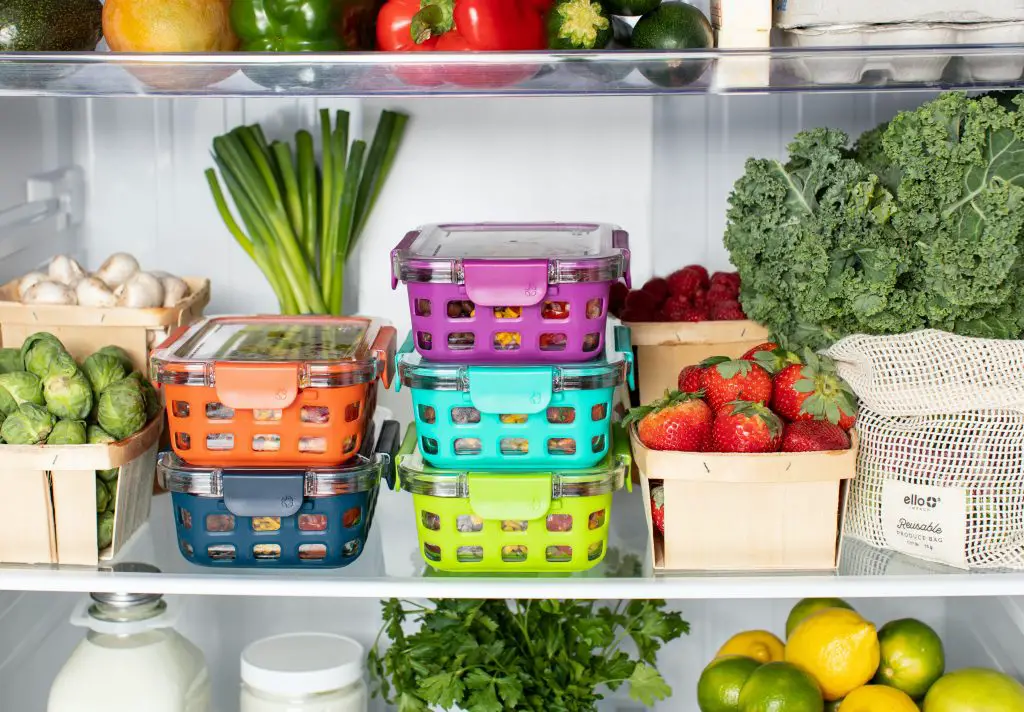
4. Power Failure
Power failure is also a common problem with LG refrigeration systems.
If you notice that the lights inside the refrigerator are flickering, then you might be experiencing a power outage. First, check for a loose connection between the power source and the fridge.
Try different outlets to see if they work. If none work, you need to call LG technical support to help fix it.
5. Freezer Not Opening
You must repair the door if you cannot open the freezer compartment. To do so, remove the screws holding the cover plate and lift it off. Then, look at the door and see what needs repairing.
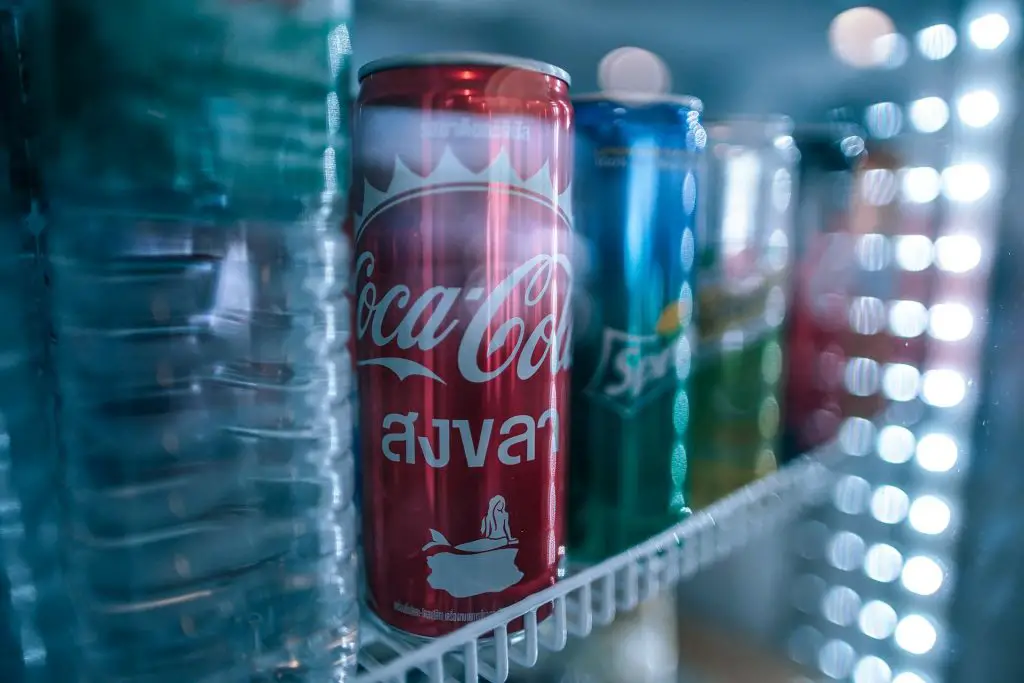
6. Temperature
Temperature control is another major problem with LG refrigerators. If the temperature setting does not work correctly, you must adjust the thermostat.
There also could be problems with the following:
- Control thermostat
- Condenser coils
- Condenser or evaporator fan motor
- Start relay
- Start capacitor or thermistor
- Temperature control board or main control board, or
- The linear compressor
7. Compressor Malfunction
Compressors are responsible for cooling the air inside the refrigerator. They are powered by electricity. You need to replace the compressor if it stops working. If your refrigerator compressor makes a loud noise, you should immediately check for damage. To check the compressor, follow the steps:
- First, turn off the refrigerator’s power supply.
- Next, open the refrigerator door and remove all food items.
- Next, turn off the refrigerator and disconnect the power cord.
Finally, call a professional appliance repair service to fix the problem. This way, LG refrigerator compressor problems can be fixed.

8. Overheating
Overheating is another common problem with LG refrigerators. If the temperature inside the refrigerator rises too high, you need to lower the temperature settings.
The first thing to do is turn off the power supply to the refrigerator. If this doesn’t work, try unplugging the refrigerator from the wall outlet. If these methods don’t help, call a professional repair service.
8. LG Fridge Noise Problems
LG refrigerators can produce loud noise during operation. This noise is caused by several factors such as the compressor, condenser coil, fans, etc. If the noise is very annoying, you must replace these parts.
For general LG fridge noise problems, follow these tips:
- Ensure the refrigerator is not touching a wall or cabinet
- Make sure the refrigerator doors are aligned
- Remove any items that may be resting against the interior walls
- Make sure the fridge is level
10. Refrigerant Level
The refrigerant level is one of the most important things to keep track of in any refrigerator. It helps determine how long the fridge has been running. The best way to measure the refrigerant level is to use a refrigerant gauge.
The capacity of a small refrigerator is less than 1 ounce, while the capacity of a large refrigerator is greater than 6 ounces, or 28.35 grams to 185 grams.
11. Water Leakage
Water leakage causes water damage to the refrigerator. If you find water leaking from the bottom of the fridge, you need to check whether the drain pan is clogged.
To solve the water leakage problem, follow these solutions:
- First, ensure you remove any food inside your refrigerator to access the drain at the bottom.
- Make sure the drain is not clogged or frozen. Try running some water down it to do this.
- Turn off the fridge at the wall if it is frozen.
- Check for blockages if it’s not frozen. Then, check the next component to see if there are no blockages.
- After your fridge has thawed out, plug it back in and flush the drain with hot water.
- Restart your fridge at the wall and observe if the problem persists over the next 24 hours.
12. Water dispenser
You must clean the reservoir if the water dispenser is malfunctioning at the top of the refrigerator. You can use a toothbrush or a sponge to do this job.
It could be reasons like:
- Open doors
- Trapped air
- Locked ice and water dispenser
- Faulty water supply
- Faulty water valve
- Kinked or twisted tubing
- issues linked to the ice maker or ice dispenser
To solve the water dispenser problem, follow these steps:
- First, close both doors as the dispenser won’t work with one door open.
- Then, to remove trapped air that causes water dispenser problems, flush the dispenser with roughly 2.5 gallons of water.
- By pressing and releasing the dispenser pad 30 seconds on and 60 seconds off, trapped air and contaminants will be flushed out.
- Hold the lock button on the control panel for three seconds to unlock the ice and water dispenser.
- Press the button in the middle to ensure the dispenser is set to dispense water. Left is ice cubes, right is crushed ice. Check the water supply to see if your refrigerator usually works.
- Make sure the valve on your refrigerator is fully open. See if the refrigerator tubing is kinked or twisted. Make sure the water supply line is straight or repaired.
13. LG Freezer Problems
Freezers are used to store frozen foods. If the freezer malfunctions, then it may result in spoiled food. There are many possible reasons for freezer malfunction. Some of the issues include:
- Dirty Condenser Coils
- Frosted Evaporator Coils
- Failed Evaporator Fan Motor
- Faulty Start Relay
- Thermostat Or Thermistor
Check them and repair them if necessary. And follow these steps:
- Condenser coils should first be vacuumed of all loose dirt and debris. Then, clean the condenser coils with a brush.
- Manually defrosting the freezer is the first step in resolving Frosted Evaporator Coils.
- The solution here is to replace the fan motor, regardless of the cause of its failure.
- Check the start relay for continuity with a multimeter for a more thorough inspection. If your multimeter test confirms that, it’s time to replace the start relay.
- A multimeter showing no electrical continuity means it’s time to replace the thermostat.
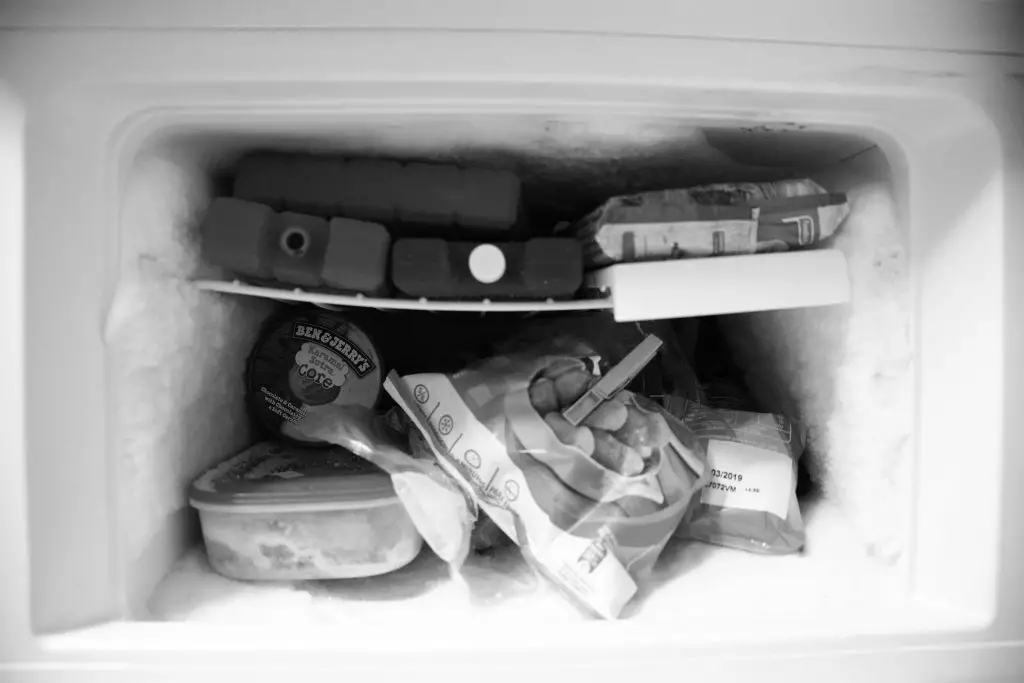
14. Ice Dispenser
An ice maker is responsible for producing ice cubes. If the ice maker does not work correctly, you will have no ice cubes. To solve this issue, you need to check whether there is a problem with:
- the control board or switch
- auger motor
- dispenser actuator
- dispenser door motor or solenoid
- ice bucket auger, or the ice crusher blades
Try the following solutions:
- Test the control board and replace it if necessary.
- Test each dispenser switch for continuity with a multimeter to determine if it is defective. Replace a dispenser switch if it does not have continuity.
- Test the auger motor by pulling out the ice bucket and turning it by hand. Test the auger motor for continuity with a multimeter. Replace the auger motor if there is no continuity or if it gets power but won’t run.
- Switches may not be appropriately activated if the dispenser actuator is broken. Replace the dispenser actuator if it is damaged.
- If it gets power but won’t run, replace it. Test the motor’s continuity with a multimeter. If the dispenser door motor has no continuity, replace it.
LG refrigerator not blowing air
You may have a faulty filter, a defective compressor, a bad thermostat, dirty condenser coils, or even the main control board. But the main reason for it is a faulty air filter.
You need to replace the filter if you have an LG refrigerator that doesn’t blow cold air out of the vents. The filter should be located at the back of the fridge.
First, remove the filter, and turn off the power to the unit. Then pull the filter out. Replace the filter with a new one and reattach the filter. Next, check the condenser coil for signs of damage. This will help you determine how badly it needs to repair.
The second thing you should do is check the compressor for any signs of quit working or overheating. Then, check the thermostat for any issues with it as well. Finally, you must ensure no other problems with the system, such as leaky or broken condenser coils, main control board, or a bad thermostat.
LG fridge board troubleshooting
If your LG fridge is not cooling, your freezer or water dispenser is not working; you may need to troubleshoot the board.
The first thing to do is check if the power is working. If the power is not working, you may need to replace the cord or switch. Next, you may need to check the power outlet to see if the power is working.
Next, try resetting the fridge by unplugging it for 30 seconds and plugging it back in. You may need to replace the control board if the problem still exists. The LG refrigerator should also be checked for proper voltage and a faulty main board, which can cause various symptoms, from not cooling to not making ice to not working lights.
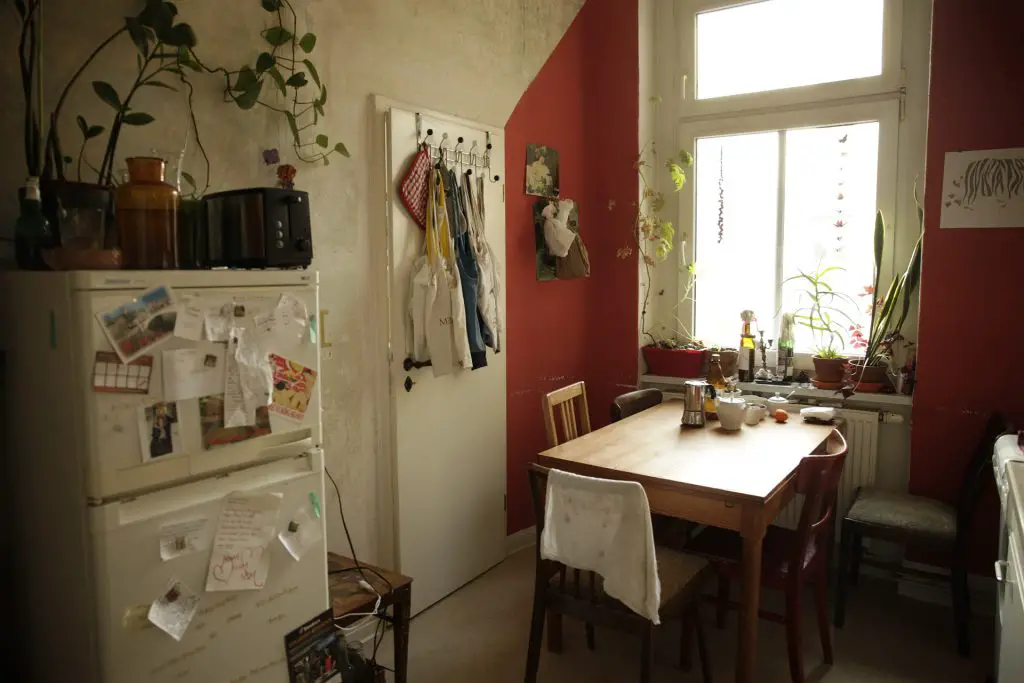
LG fridge not cooling, but the light is on
There are a few things that could be causing your LG fridge not to cool, and the light may still be on even though it’s not producing any cold air.
- Make sure the fans are not obstructed. An obstruction to the fan can prevent the fridge from cooling correctly.
- If this is the case, you can use an air compressor to remove the obstruction.
- Make sure the compressor is working. The fridge will not cool if the compressor is broken.
- Reset the fridge by unplugging it for 30 seconds and replugging it.
If that doesn’t work, you may need to take the fridge out and have a professional inspect it.
LG refrigerator not cooling after a power outage
If your LG refrigerator is not cooling after a power outage, there are a few things you can do to troubleshoot the issue.
First, ensure that the fridge is plugged into an outlet and the power is turned on. If the power is still not working, try unplugging and plugging in the refrigerator again. If the issue persists, please call LG for support. LG refrigerator is a complex machine; it will need professional help.

LG fridge not cooling no error code
The problem could be caused by one of two things:
1) the compressor has failed
2) the fan motor has failed
If the compressor or fan motor has failed, you must call for service immediately.
Why are my fridge and freezer not getting cold air enough?
An airflow problem may affect how well your refrigerator or freezer cools. When the doors are closed, condensation on the inside of the unit will not form, and air will not be able to circulate. Make sure there is a gap between the air vents.
It’s time to clean your compressor or evaporator if it’s not getting colder. Remote controls or timer switches are also often to blame. Airflow sensors, which detect airflow, may also be at fault.
Conclusion
If you’re having trouble with your LG fridge, this troubleshooting guide can help you. We’ve covered common issues such as the freezer not freezing, the ice maker not working, and more.
FAQ
The average lifespan of an LG refrigerator is 13-20 years. However, some models last longer than others.
You can reset the refrigerator by unplugging it or tripping the circuit breaker for 30 seconds.
During the next 24 hours, you should be able to hear the compressor kick back on, and the unit will stabilize and start cooling. And LG refrigerator’s bottom freezer problems will go away.
Remove all the food from your LG refrigerator before cleaning. Add some detergent to a bucket of hot water. Swish water inside the fridge and wipe down all surfaces. Ensure surfaces are clean of dirt, dust, or debris. Once the surfaces are dry, replace all the food inside the fridge.

